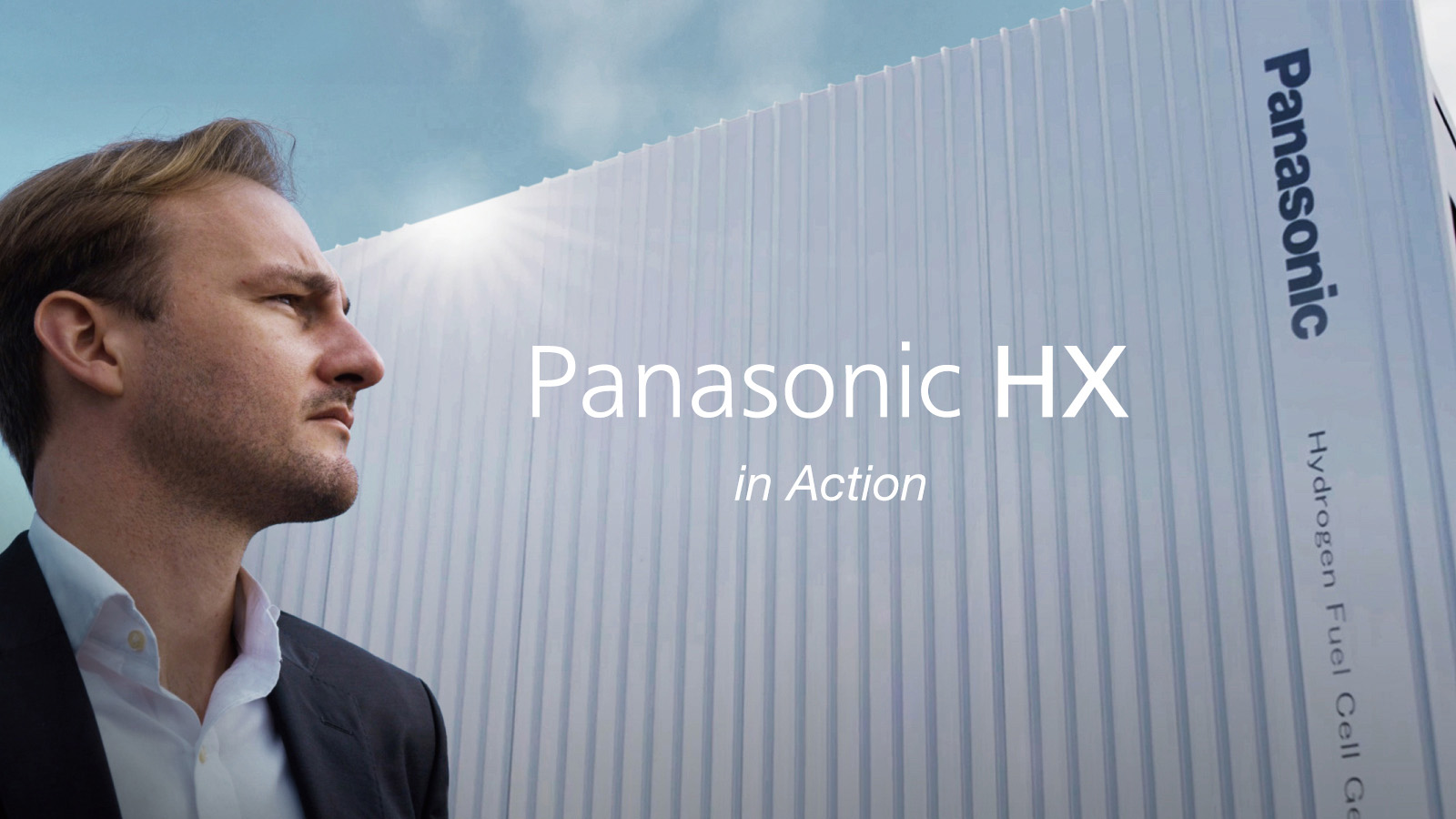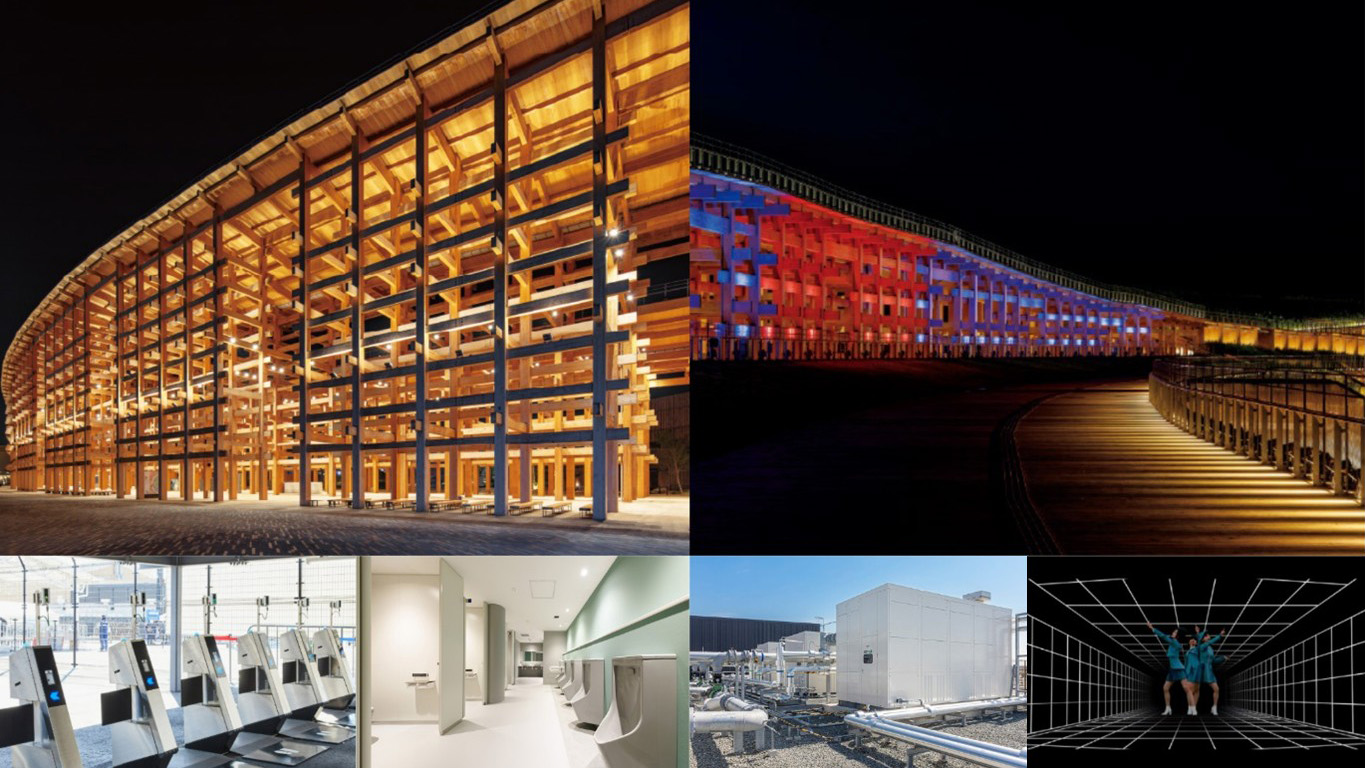Tokyo, Japan - Panasonic Corporation is conducting the first demonstration experiment in an airport of the autonomous signage robot, "Signage HOSPI" from January 15, 2018 with the cooperation of the Narita Airport Corporation.
"Signage HOSPI" is an autonomous robot "HOSPI(R)" equipped with 3 displays on its body, and it will navigate itself through designated areas. By utilizing the ability to detect people, objects, etc. and autonomously reduce speed, stop, and avoid any such obstacles, as well as its attention-grabbing design, the experiment will explore the potential of using the robot to communicate information about items not allowed on board and as an advertising medium. The experiment will quantitatively measure the number of views the robot and stationary digital signage receive to compare and determine which is more visible, and also establish a way to evaluate the value of the signage robot.
This undertaking by the Narita Airport Corporation was submitted to and adopted by the Ministry of Economy, Trade and Industry as its project, and the robot's mobility technology (the ability to move around in a large area with many people while recognizing its location) is the fruit of the project undertaken by Panasonic with the New Energy and Industrial Technology Development Organization.
Overview of the demonstration experiment
Period: January 15, 2018 - February 26, 2018; Everyday from 10:00 - 12:00 and 14:00 - 16:00, except Saturdays, Sundays, and public holiday (Dates may change without prior notice.)
Location: Narita Airport, Terminal 2, 3F Departure Lobby
Signage HOSPI [autonomous robot HOSPI(R) specifications]
Main unit size: 630mm (W) x 725mm (D) x 1386mm (H)
Total weight: 211.6kg
Velocity: Maximum 1.0m/s
Signage panels: 3 26-inch screens (IPS liquid crystal panels created by Panasonic Liquid Crystal Display Co., Ltd.)
About HOSPI
"HOSPI(R)" is a robot that makes deliveries on behalf of people. Based on the pre-installed map information and by using high performance sensors and a sophisticated obstacle avoidance algorithm, the robot can autonomously deliver a wide range of items safely and efficiently while recognizing its surroundings and avoiding passersby and obstacles. Moreover, unlike traditional delivery equipment, the robot requires neither installation in the walls/ceilings nor guide tapes, so changes in the destination and facility layout can be made easily and at low costs. Well-received for such features, the robot is already being used in hospitals in Japan and across the world to deliver medicines and specimens.
# # #
- Disclaimer:
- We would like to note that Panasonic Newsroom is not a place to address personal Customer Service issues. Even though this is not the forum, Panasonic is always eager to resolve your concerns. Our local customer services contacts can be found at Global Support or you can see our list of Social Media Accounts to find the right channel for your queries and concerns.
Related Links
Related News
- Panasonic Introduces People-Centric Robotics Technology at International Robot Exhibition 2017 (Nov 29, 2017)
- Demonstration Experiments of the Autonomous Delivery Robot, "HOSPI(R)," Begin at an Airport and Hotel (Jan 12, 2017)
- Panasonic's Autonomous Delivery Robot - HOSPI(R) - Receives the International Safety Standard ISO 13482 as well as the First Certification under the New JIS Safety Standards (Apr 26, 2016)
- Robot Technology in Harmony with People (Sep 20, 2016)







![[Video] Panasonic HX in Action: Demonstrating Hydrogen Solutions in Europe](http://news.panasonic.com/uploads/tmg_block_page/cover_image/18213/hx-video-main.jpg)






